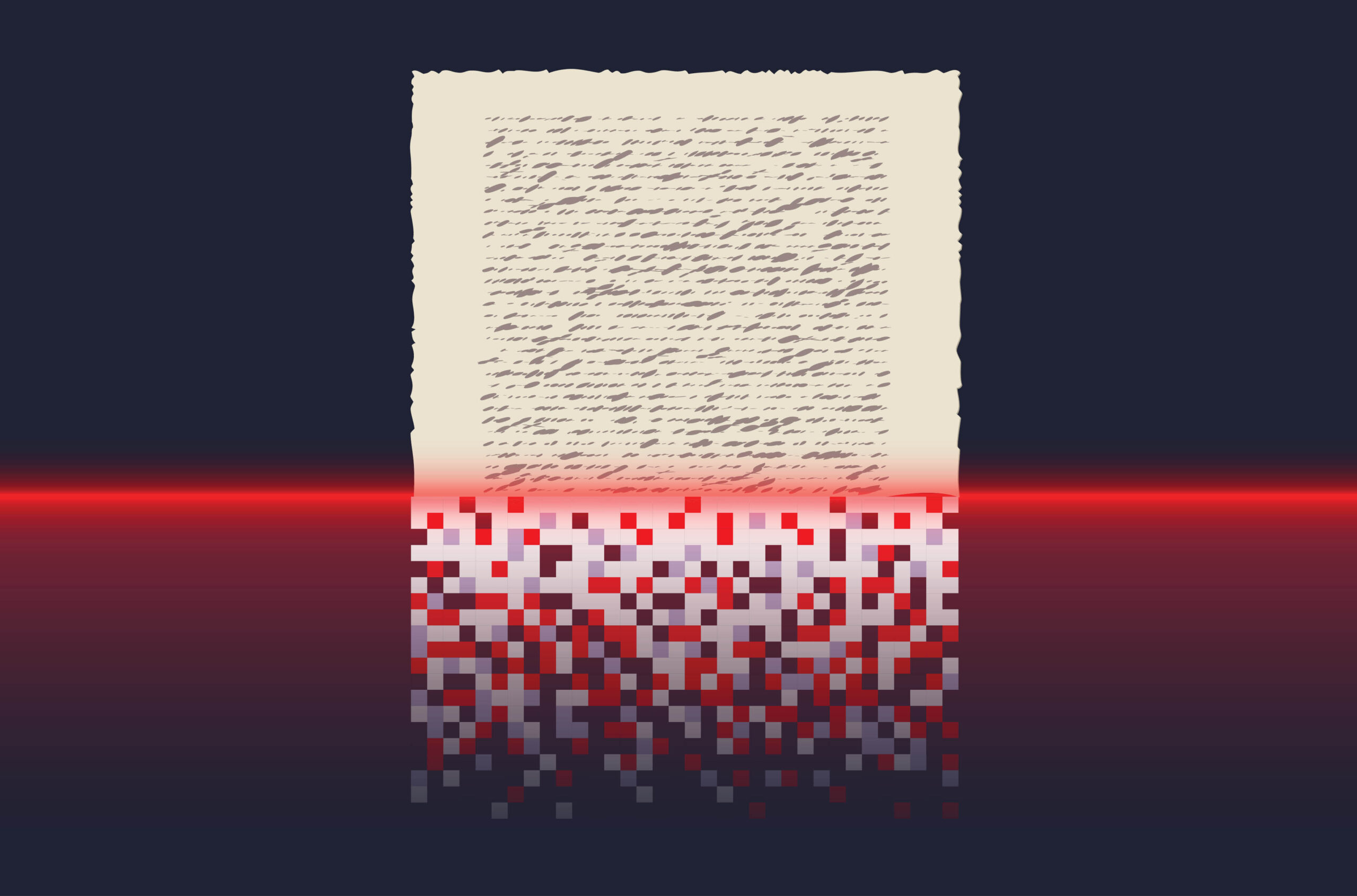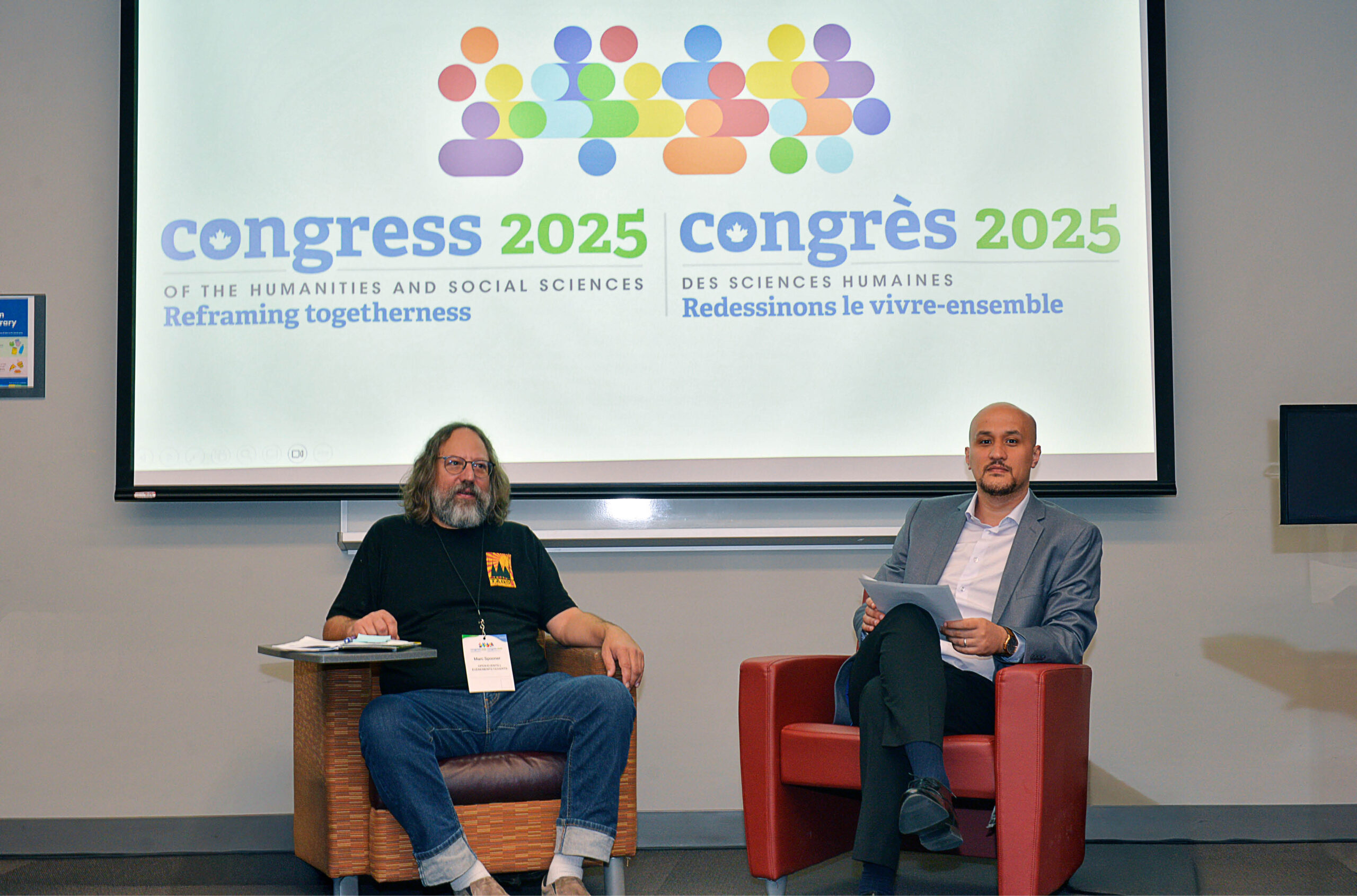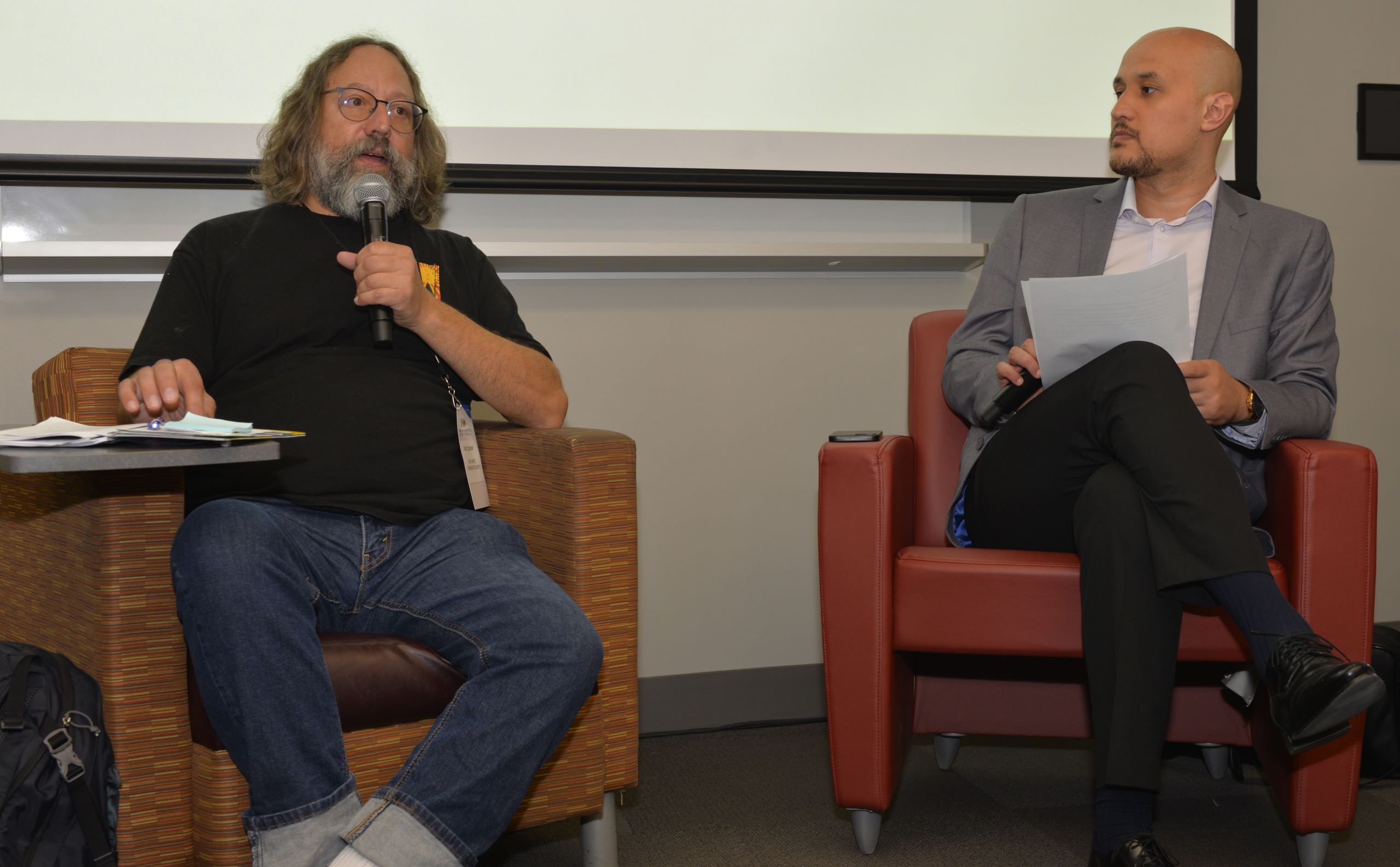Library Archives Canada relaunches website
The redesign is part of a multi-year plan to improve access to collections, spaces and services, and to make the LAC more responsive to users’ needs.

When Library and Archives Canada (LAC) launched its new website at the end of August, it made for a considerable change in the online experience for users. Plus, the revamp symbolizes a shift in how LAC, Canada’s national archive, understands how people access its materials.
“We’re recognizing that the web is becoming more of a service tool and not just a communications tool,” said Karen Linauskas, director general of the access and services branch of the LAC. The branch that governs the website was created in 2022 as part of the organization’s web renewal initiative. (The website used to be grouped with the exhibitions and blogs team.)
Improving access to LAC’s collections, particularly through the internet, is a top priority in the organization’s strategic plan, Vision 2030, released this past summer. Before the relaunch, parts of the old website dated back to the early years of the internet, and had grown to an unwieldly 7,000 pages. The new version, at a trim 2,000 pages, was retooled to improve the website’s search and navigation functions, for which the LAC hired user experience designers. “There was deliberate design and testing that went into the site before it was launched. It has proven to be a valuable investment,” said Ms. Linauskas.
As well, the site has been clearly divided into three sections: the collections, services and corporate information about the LAC. All text was rewritten in plain language. The LAC continues to tweak the new features of the site — which is one of the government’s busiest, with 2.8 million unique visitors a year — based on feedback from users.
Ms. Linauskas said the intent is to allow the general public — such as high school students or lay genealogy researchers — to find all they need by doing keyword searches of the collections, while also supporting academics doing more complex projects that will eventually take them into the bricks-and-mortar archives in Ottawa, Halifax, Winnipeg and Vancouver. “We’re trying to create a sense of seamlessness between the different ways that you access LAC,” she said. To that end, she notes that the website now more clearly explains how to order, find and collect material from the physical archives.
The LAC followed up the website relaunch in November with the release of 43,000 new digitized records of servicepeople who died during the Second World War. It also amalgamated 17 census databases under one search tool. Ms. Linauskas said there will be more new offerings coming up, with most falling under the priority topics of military history, genealogy and Indigenous peoples — for the latter, there’s additional funding of $25 million over three years, all other web projects have come from the LAC’s regular budget.
Academics using the site appreciate the upgrade. “The changes to the Library Archives Canada website are long overdue. So, too, the renewed commitment to making more archival material remotely accessible. This will have immediate pedagogical and citizenship value,” wrote Steven High, professor of history at Concordia University and president of the Canadian Historical Association (CHA), in an email to University Affairs.
University of Waterloo professor Ian Milligan also gives the updates a positive review. “The website has made real strides,” he said. “I’ve been using their collection search and I find it a lot better. The integration of holdings, the integration of archives, I find really helpful. It resembles what a modern interface should look like, which wasn’t the case before.”
Words of praise have been hard to come by for the LAC the past few years. In 2021, the Toronto Star discovered materials on the LAC site, including summary-style biographies, with questionable views and omissions related to Canada’s colonial past and residential schools. The LAC removed the resources in question, but was then accused of censorship by the Ottawa website Blacklock’s Reporter. The LAC responded by issuing a statement and a Twitter thread, explaining that no original source material had been erased from the archives. “That was an interesting challenge for us, to communicate the difference between the secondary material that was written by staff and primary information, which we’ve worked really hard to improve,” said Ms. Linauskas. (The LAC has also since included “putting collections in context” and “respectful descriptions” as part of their strategic goals outlined in Vision 2030.)
Around the same time, researchers, including those from the CHA, questioned why the Ottawa archives — after being closed March 2020 into 2021 due to the COVID-19 pandemic — was open just three days a week with a cumbersome and oversubscribed appointment-booking system. That improved somewhat starting in June 2022, with the Ottawa branch open from 9 a.m. to 4 p.m., five days a week, with no pre-booking required. “It was not too long ago when historians had 24-hour access. The CHA calls for a restoration of pre-pandemic access,” Dr. High wrote.
Meanwhile, the timely processing of access to information requests has been a lingering and worsening issue. Results of an investigation by the Information Commissioner of Canada found that 79 per cent of requests made between April 2020 and January 2021 were not completed in 30 days or within a valid extension period.
“When you lose trust, you have to rebuild it, and continue to do so,” said Ms. Linauskas. She’s hopeful that this upgraded site and its work-in-progress approach, a soon-to-launch access to information request system, a new building set to open in Ottawa in 2026 and the ongoing efforts to digitize — the LAC has now digitized five per cent of its holdings, up dramatically from just one per cent a few years ago — will shine up the organization’s public image.
The likes of Dr. Milligan are sympathetic to the LAC’s growing list of responsibilities to archive materials important to Canada, offer access to the public, digitize content thoughtfully and aid in important national endeavours — such as responding to the Truth and Reconciliation Committees calls to action — all while staying within a budget often threatened with cuts, which happened in 2012. “They have a big mandate,” he said. “And it keeps getting bigger.”
Featured Jobs
- Canada Excellence Research Chair in Energy TransitionsUniversité du Québec à Trois-Rivières (UQTR)
- Canada Excellence Research Chair in Forest Biodiversity Conservation (Full Professor)University of New Brunswick
- Education - Assistant Professor (Distance Education)University of Toronto
- Canadian Politics - Assistant ProfessorUniversity of Toronto
- Psychology - Assistant Professor (Clinical Psychology)Queen's University














Post a comment
University Affairs moderates all comments according to the following guidelines. If approved, comments generally appear within one business day. We may republish particularly insightful remarks in our print edition or elsewhere.
1 Comments
The redesign of the LAC website is certainly welcome; however, as a genealogist who used the old website regularly, I have yet to find all the information I need on the new website. Clicking on “Access the database” on many of the pages usually takes me nowhere. I hope this problem is corrected soon and I truly hope the past genealogical information so useful to genealogists reappears on the new website soon.